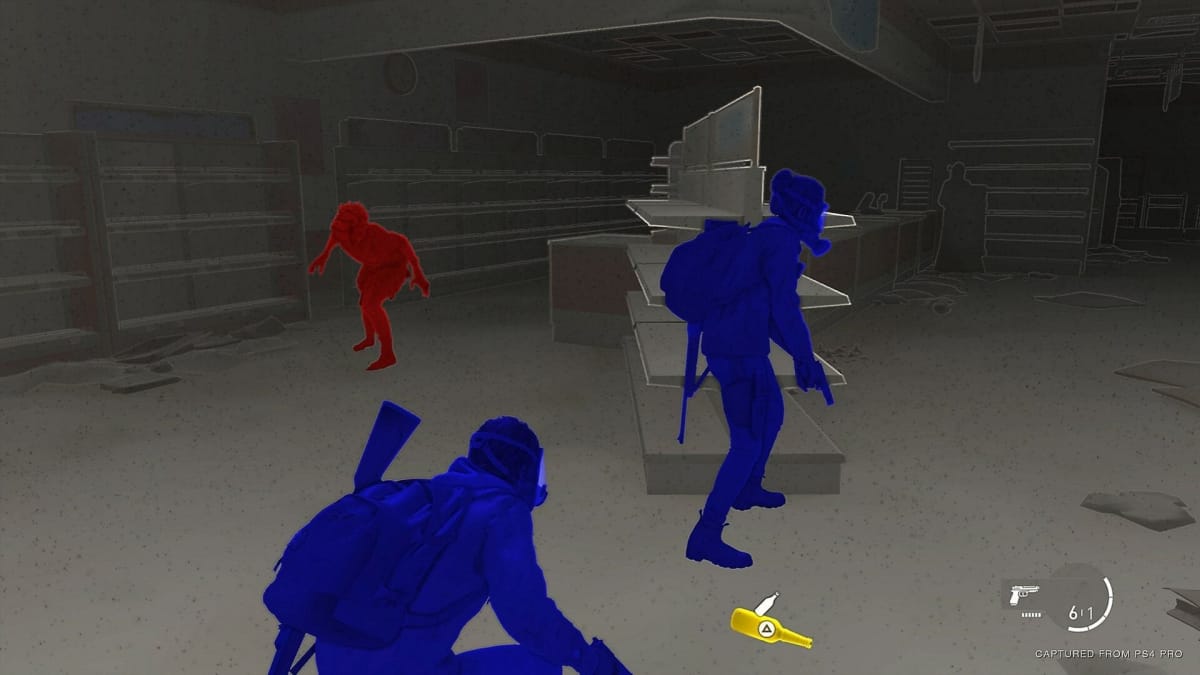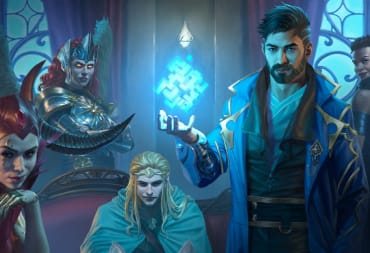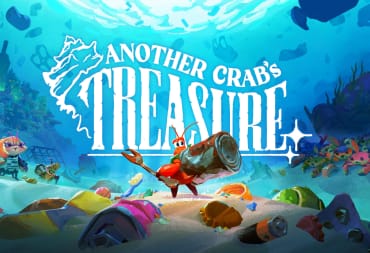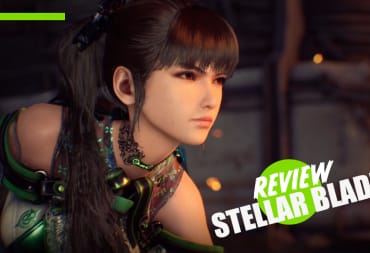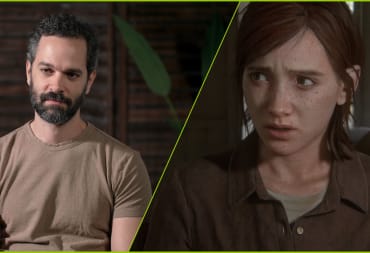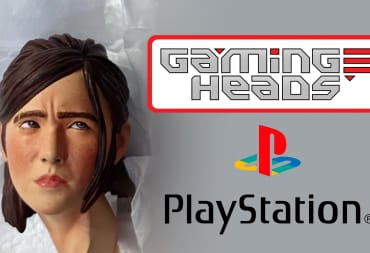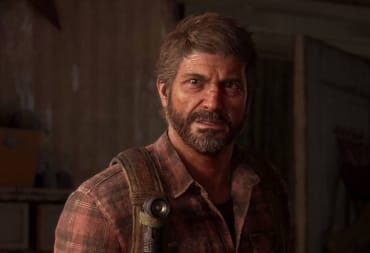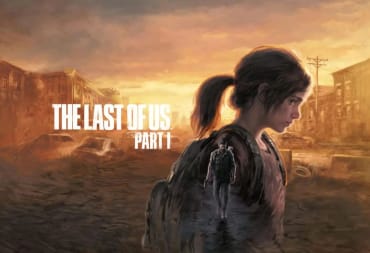Amid the avalanche of articles about The Last of Us Part II, there's one you may have missed: the story of a completely blind player who managed to beat the entire game without sight, using audio cues alone.
As a sighted person, this can be hard to imagine. Can you imagine trying to traverse Midgar in Final Fantasy VII Remake without knowing what attack you’ve selected? Or fight an opponent you cannot see in Mortal Kombat 11?
Incidentally, Sightless Kombat has done both, and is now making headlines for his The Last of Us Part II feat. He's now beat the game twice, and has started a third playthrough to pick up any collectables he missed.
"It was fantastic to be able to beat The Last of Us Part II on my own terms, without the need to get assistance from someone constantly, and I hope this becomes the norm sooner rather than later," Sightless Kombat told me.
What made this possible is the almost 60 different accessibility features in the game's options. These range from the basics—such as altering the size and color of subtitles—to bigger endeavors, like text-to-speech, audio cues when you're near items, and a "high-contrast mode," which grays out the background, only using color for allies and enemies to make sure they stand out. You can even customize the various aspects of combat, like aim assist and altering the enemies' perception and accuracy.
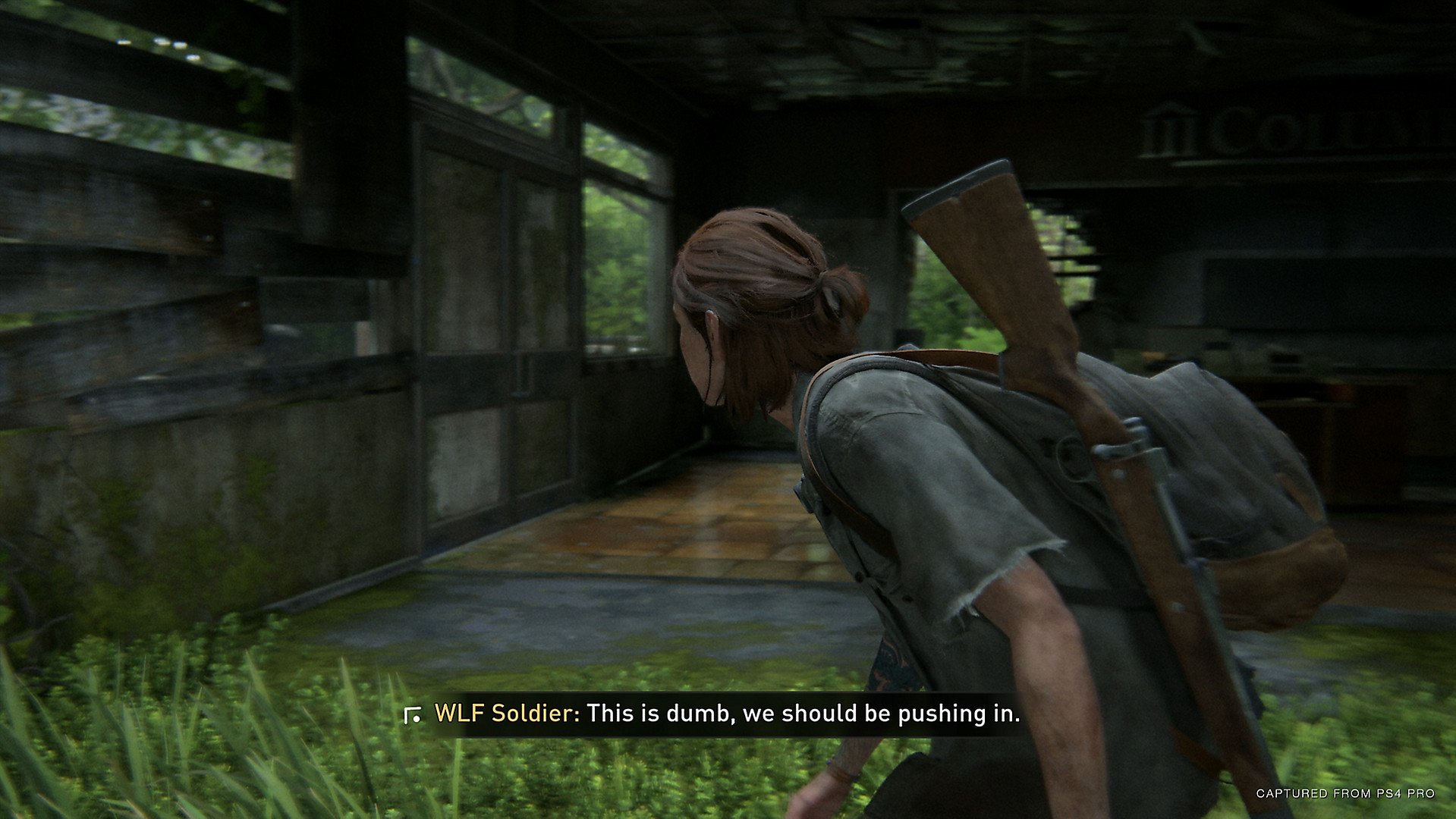
"This game has undoubtedly set the bar for accessibility in a video game as a gamer without sight," Sightless Kombat said. "In fact, it spoiled me so much with what I could do that when I went to play other titles... I took a while realizing just what wasn't possible in those other games, and how much a lack of accessibility options holds me back."
When I heard this, I looked at the games I was playing at the time. Despite being 2020 releases, SpongeBob SquarePants Battle For Bikini Bottom Rehydrated, Final Fantasy VII Remake, and Animal Crossing: New Horizons all lack some basic accessibility features, such as adjusting the subtitles, turning off quick-time events, and remapping controls.
"As of right now, I still think there's an element of 'someone without sight won't play our game.' There are even people who still believe that someone without sight shouldn't play video games at all, and go outside and get a new hobby, though fortunately this opinion seems to be outside of developer circles," Kombat said.
When 20% of gamers have a disability, why can so many titles still miss the mark?
How Does a Game Work for Everyone?
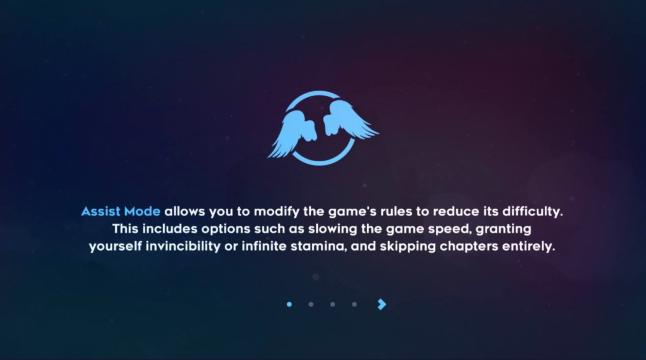
As the tagline for the Xbox Adaptive Controller states: "When everyone plays, we all win." So why has it taken until the end of the eighth generation of consoles for a game as accessible as The Last of Us Part II to be released? Why do many still not support colorblind options, skip quick time events, or even make the text larger?
When discussing this with The Verge, Naughty Dog game designer Matthew Gallant explained that the only reason they could do this with the latest title is that it was on their minds from the start.
“We absolutely had to plan these features early in production...We couldn’t have done this if we hadn’t, from the outset, said ‘This is a priority,'" Gallant said. In other words: Complete accessibility can't be patched in.
Courtney Craven is the editor in chief of accessibility website Can I Play That?. They tell me that many devs just don't know what the disabled community needs.
"I don't think people make inaccessible games on purpose or specifically because they don't want disabled people to play their games, I think they just don't really know quite what needs to be done, or even that there is a need for accessibility," they said.
And while The Last of Us Part II may be the new benchmark, it isn't the only other game on the market keeping this audience in mind. Indie title Celeste has an option to adjust the game speed, which could assist players of all disabilities, as well as the ability to be invincible for those who cannot play the game but would like to experience the story. Over in a completely different genre, even the monstrously popular Fortnite was described as an "example of overall accessibility at its best" by Craven, due to its extensive subtitles and color blindness support.
Some may argue that the reason many games are not accessible is because of how broad the subject is. Can I Play That? splits its guides for players with disabilities into five sections: deaf and hard of hearing, physical disabilities, cognitive, blind and low vision, and color blindness. All of these come with their own set of requirements; deaf players will need visual prompts for events in game, and those with cognitive disabilities may need the game to leave clear quest notes, for example.
However, a lot of what the Can I Play That? team ask of developers is basic: sliders for all forms of audio, remappable controls—things that don't detract from the experience for gamers without disabilities, and also open doors for those that do. It really does seem win/win. Craven suggest that these features could even become part of the certification process a game has to go through to get released.
And when you look at the things that make a game completely unplayable to some players, these are barriers which aren't a necessity. When Marvel's Spider-Man removed quick-time events for players with mobility issues, it didn't make the game lesser. When someone selects the 'narrative' difficulty mode in Mass Effect 3 (the easiest option that makes combat near impossible to fail), it doesn't take away a playthrough on the hardest 'insanity' mode.
How Does the Future Look?
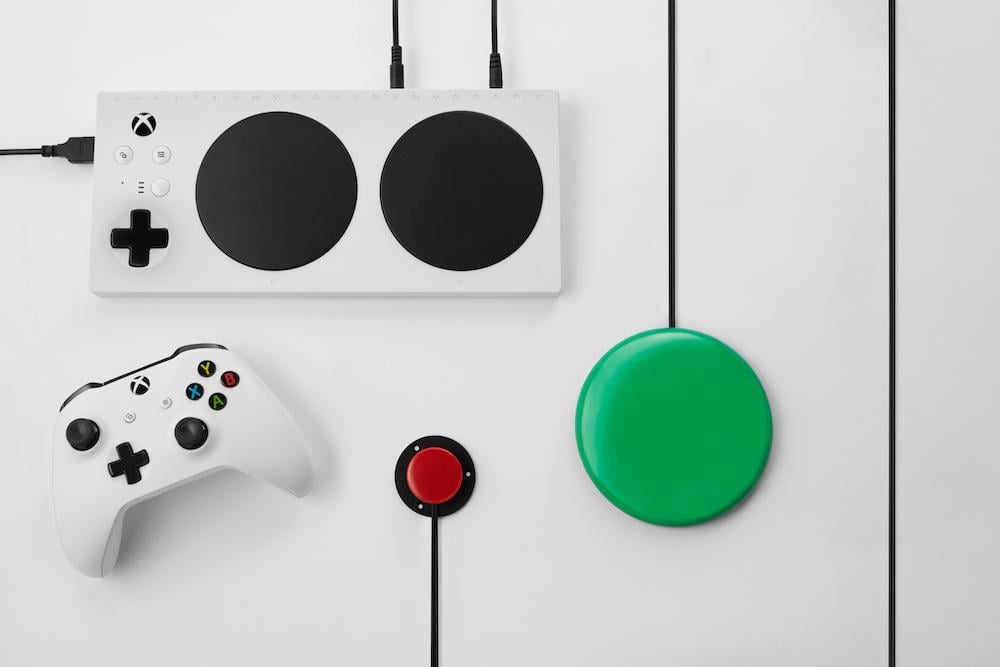
Even before we enter the ninth console generation, history has already been made. With confirmation that the Xbox Adaptive Controller will work on the Xbox Series X, that makes it the first console to launch with an accessible controller, rather than have one released later on. But the real question is, will developers use it?
A welcoming sign is that the Xbox One's "CoPilot" feature is returning for the Xbox Series X. CoPilot mode allows two players with two controllers to both control the same character in-game, so that a friend can assist a player who would be unable to play alone. Right now, this feature is only available on PlayStation 4 via third-party equipment, but if at least one of the major consoles is supporting this at launch, that unlocks a whole host of games to a wider audience. However, as Sightless Kombat explains, not every player has a CoPilot to turn to.
When I ask him how he feels about the future, he makes it clear that Nintendo and Sony have a lot of catching up to do. With the PS4 not having complete text-to-speech, and the Switch having none whatsoever, his stance is: "Wait, see, and hope."
"Why should a gamer without sight be locked out of playing whatever they want, when a sighted player can just fire up any game... just because they have the virtue of being able to navigate the interface more easily?" he asked.
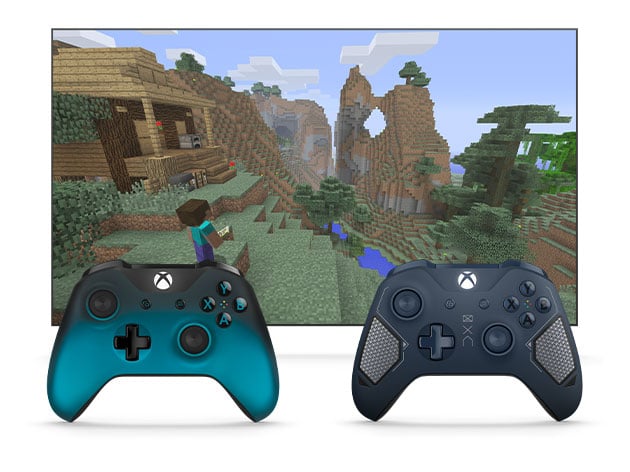
However, in some areas, it does seem that Sony are seeing the need to step it up, as they recently reached out to disabled gamers for feedback on how to improve the PlayStation 5 controller. And while Nintendo tend to do things their own way, a recent update to the Switch allows players to remap controls for all titles.
On a human level, the impact of getting these features right is phenomenal. Another accessibility consultant, Ian Hamilton, compiled a list of responses from disabled gamers as they played The Last of Us Part II, and it's breathtaking.
"I could only cry when I started up the game...I've never felt so included in a video game before and it touched my very soul," said Chad. "I am sobbing at the fact that I was able to play this game and enjoy it to the fullest," shared Phoebe.
All in all, it does feel like the energy is here. The people mentioned in this article—Sightless Kombat and the team behind Can I Play That?—are actively being consulted by figures in the gaming industry, so with any luck, the community will have the power to guide the future of gaming to be more accessible.
"When everybody plays, we all win." It's taken too long for that statement to hit the mainstream, but there's no reason it can't ring true by the next console generation.
And as Sightless Kombat said as we round off the interview: "If you don't intentionally include, you unintentionally exclude."
Have a tip, or want to point out something we missed? Leave a Comment or e-mail us at tips@techraptor.net
